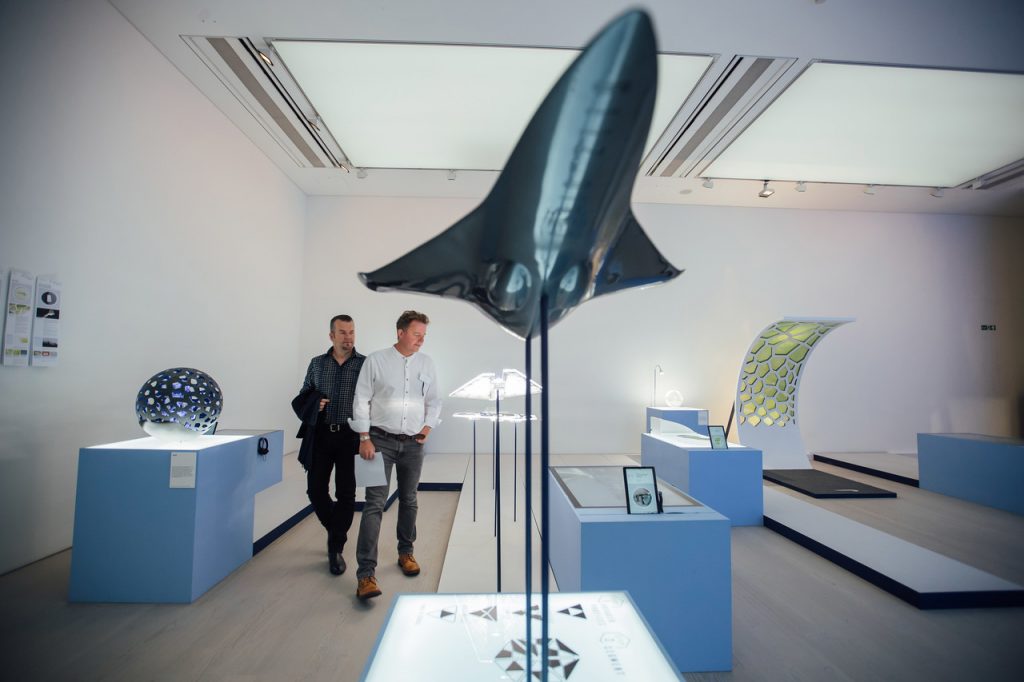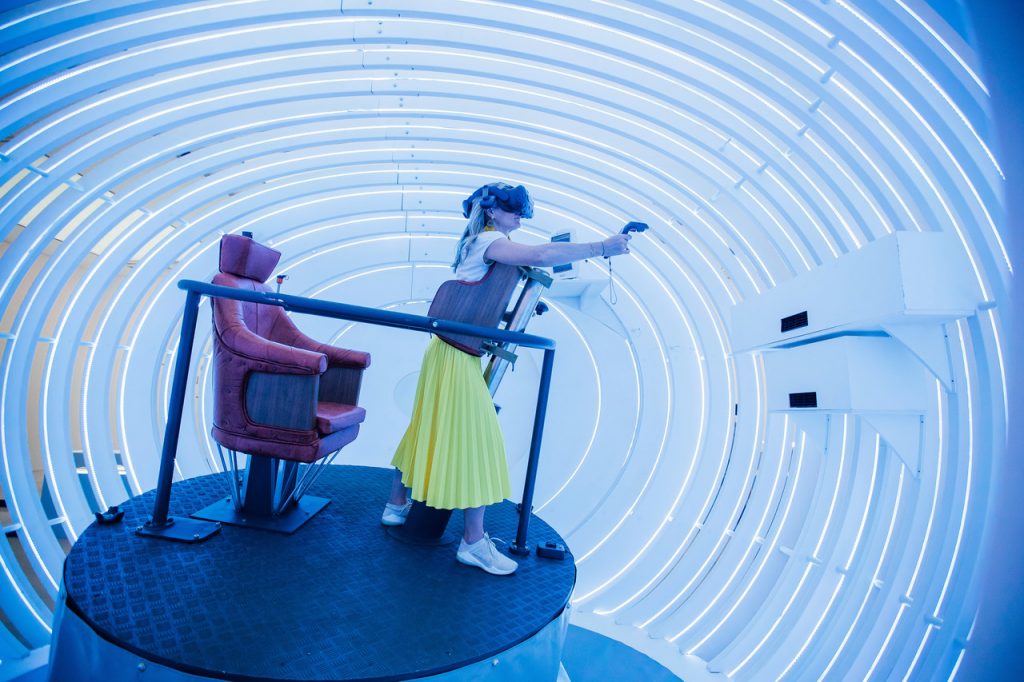British Airways, the UK’s flag-carrying airline, has stated that it is exploring the possibility of using 3D printers to create aircraft cabin parts.
Envisioning a future in which 3D printers are placed in airports and potentially on the planes themselves, the airline compiled a list of the top ten applications it predicts will benefit from the technology in the future. While some of the suggestions in this list covered current emerging applications, like 3D printed media surrounds and seats, other items on the list were much less…er…sensible. Products for amenity kits, like toothbrushes and combs, were ranked #2 on the list, whereas 3D printed cutlery took the top spot.
The aerospace sector is the source of a number of impressive applications of additive manufacturing, that are grounded in reality. However, as an airline operator, and not a commercial plane manufacturer itself, British Airways crystal ball gazing is rather wide of the mark.
Nevertheless, the assertions the company makes about 3D printing’s potential impact on sustainability goals are encouraging to see.
“3D printing is an essential step towards the sustainable future of aviation,” the company states, “as the printers can produce parts that, while as strong and durable as traditional components, weigh up to 55 percent less.
“Every kilogram removed saves up to 25 tons of CO2 emissions during the lifespan of an aircraft.”

Photo by Nick Morrish/British Airways
3D printed jet lag tablets?
British Airways sudden interest in 3D printing follows the BA2119: Flight of the Future program. Celebrating the airline’s centenary as the UK flag carrier, Flight of the Future explored concepts that Biritish Airways’ research found could shape the future of its customers’ experience. Through a report relying on data collected from 13,000 consumers, “leading sector experts and futurologists,” in collaboration with data-led trends agency Foresight Factory, the airline deduced some of the possible outcomes for the future of air travel. One such possibility was, “Within the next decade, “biological scanners gathering travellers’ physiological and nutritional needs could suggest food and drink to meet individual requirements and print these on board the aircraft.” Extending this concept, the airline also nodded to the development of custom 3D printed jet lag medication. It seems the BA futurists are unfamiliar with companies like UCL’s FabRx and Aprecia Pharmaceuticals, which supplies the world’s first FDA-cleared 3D printed pill. These predictions are not quite as blue-sky as they first appear. However, the treatment of rare conditions is the current area of interest for 3D printed pharmaceuticals.

British Airways’ Flight of the Future program culminated in a free summer exhibition at London’s Saatchi Gallery, which featured a VR “Fly” experience, conceptual holographic flight attendants, and a hypersonic jet model.
The sustainable future of British Airways
By 2050 British Airways has set the goal of attaining net-zero carbon emissions in its flights. This area remains one of real promise for 3D printing applications, especially considering many planes within the British Airways fleet may already be installed with metal 3D printed components.
The British Airways fleet currently consists of more than 280 planes supplied by both Boeing and Airbus, companies which have taken critical steps to integrate additive manufacturing within MRO and new part design.
Concluding comments on British Airways 3D printing perspective Ricardo Vidal, the airline’s Head of Innovation, said, “We work with start-ups and innovation partners from around the world to explore and implement the very latest technologies, from artificial intelligence to speed up turnaround times to biometrics, helping us to deliver a seamless airport experience for customers.
“3D printing is yet another advancement that will keep us at the forefront of airline innovation.”

Photo by Nick Morrish/British Airways
British Airways full top ten list of predictions for 3D printing’s use in airlines is as follows:
1. Cutlery
2. Products for amenity kits, such as toothbrushes or combs
3. Tray tables
4. Aircraft windows
5. Inflight entertainment screens
6. Seats
7. Baggage containers
8. Circuit boards for electrical components
9. Flight deck switches
10. Aircraft shells
For more of the latest aerospace additive manufacturing news please subscribe to the 3D Printing Industry newsletter, follow us on Twitter and like us on Facebook. Seeking jobs in engineering? Make your profile on 3D Printing Jobs, or advertise to find experts in your area.
Featured image shows an artist’s impression of 3D printer for custom medication from British Airways BA2119 Flight of The Future event in collaboration with the Royal College of Art at Saatchi Gallery in London on 30 July 2019. Photo by Nick Morrish/British Airways


